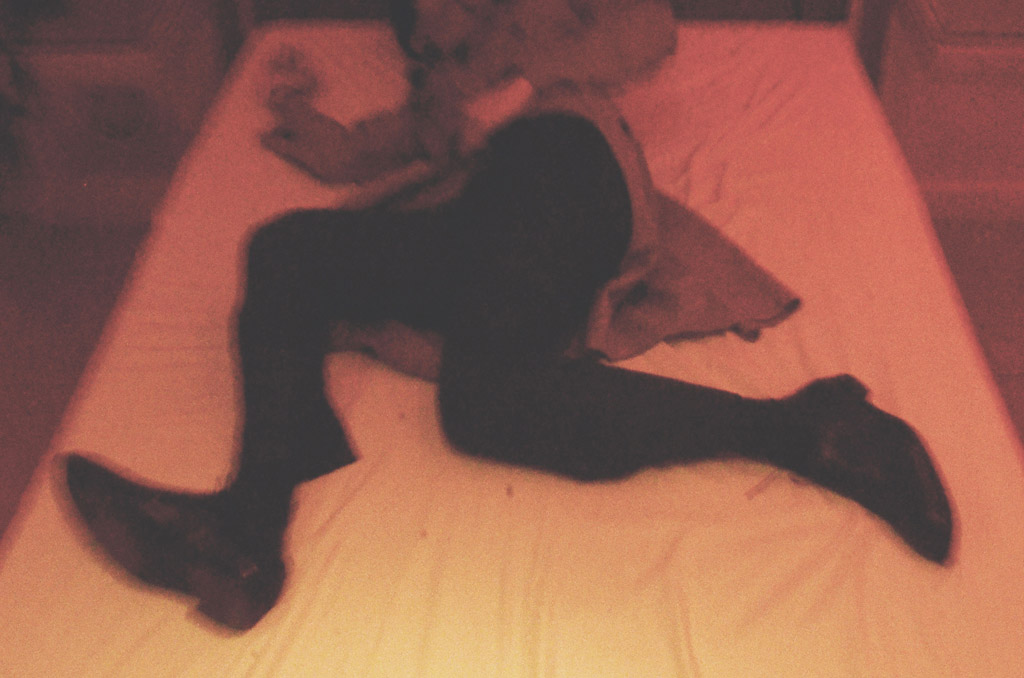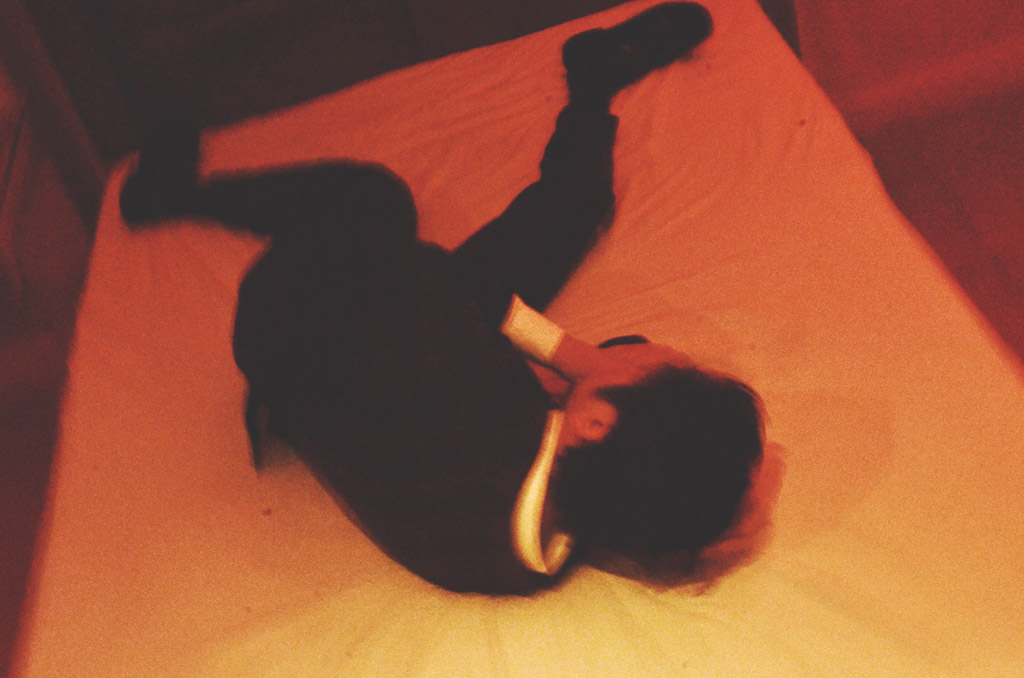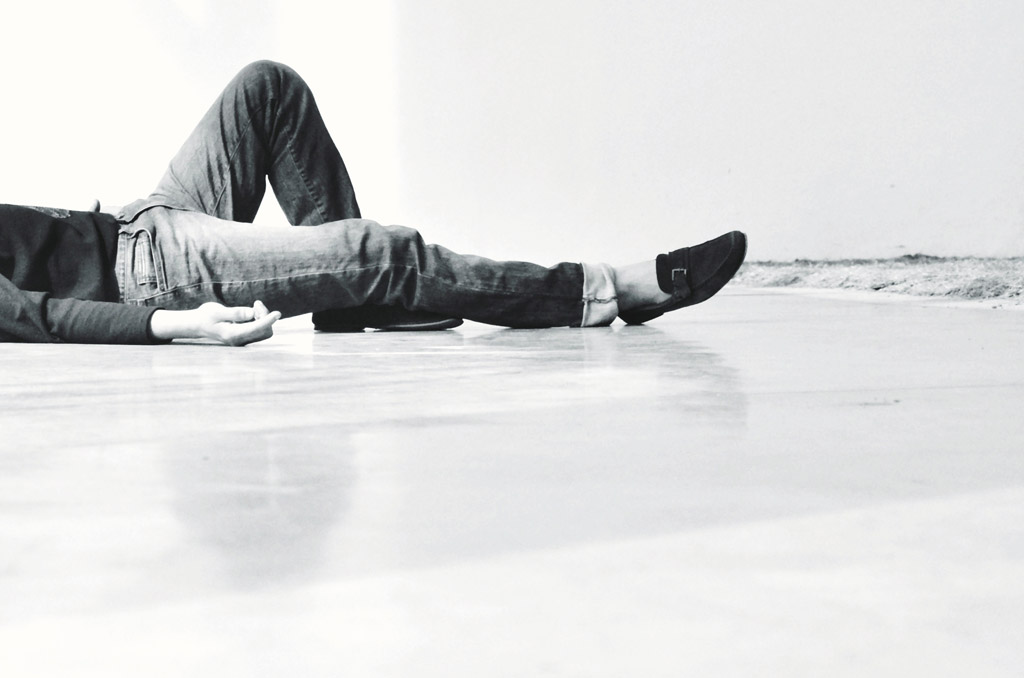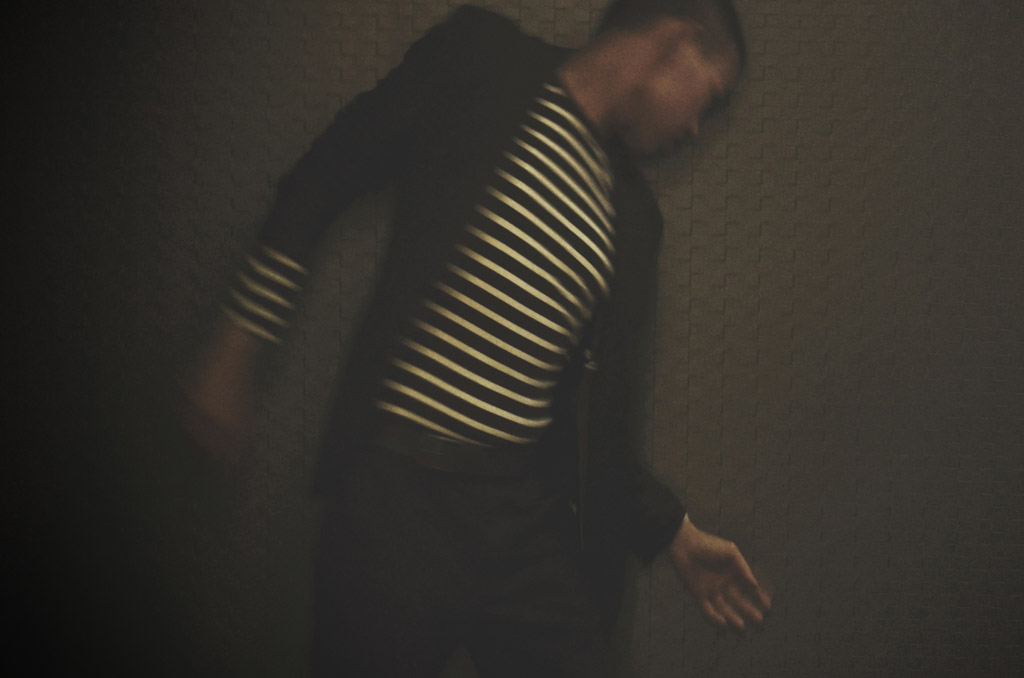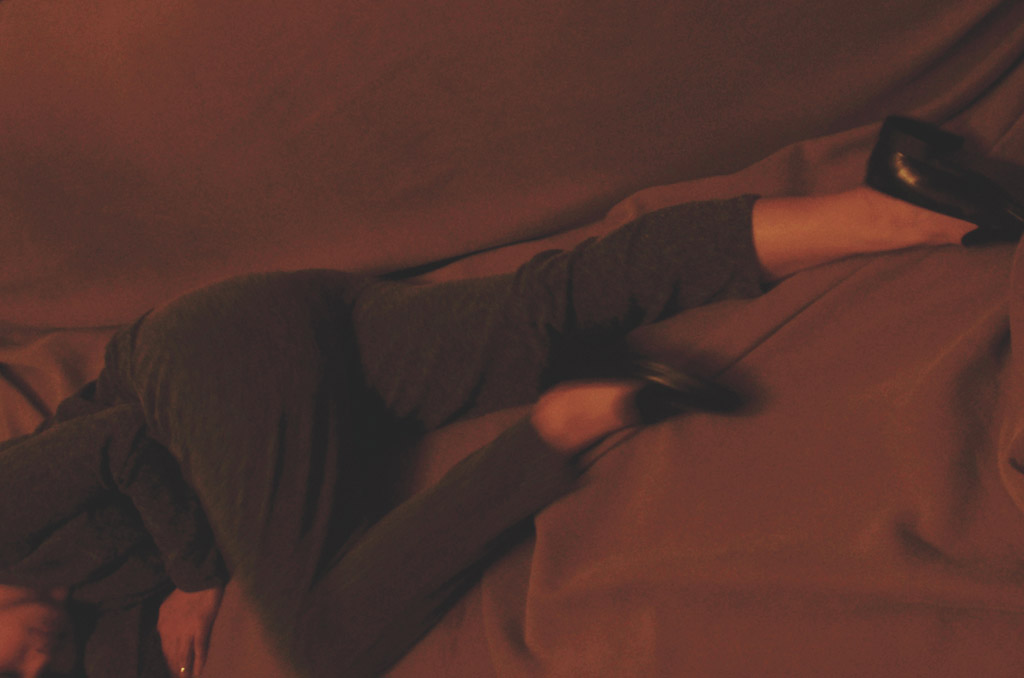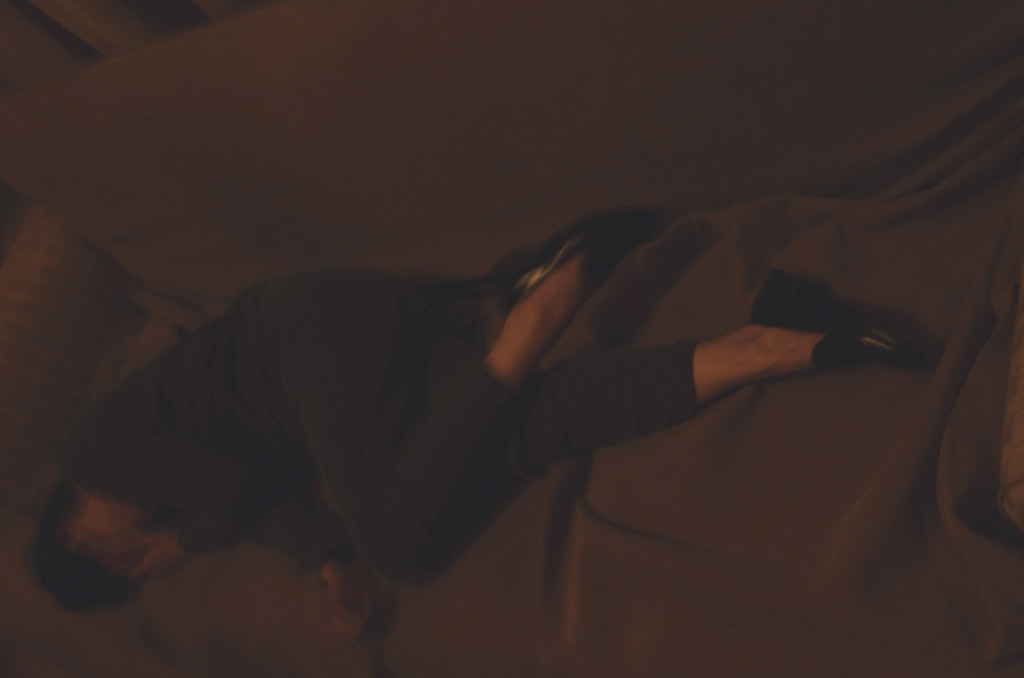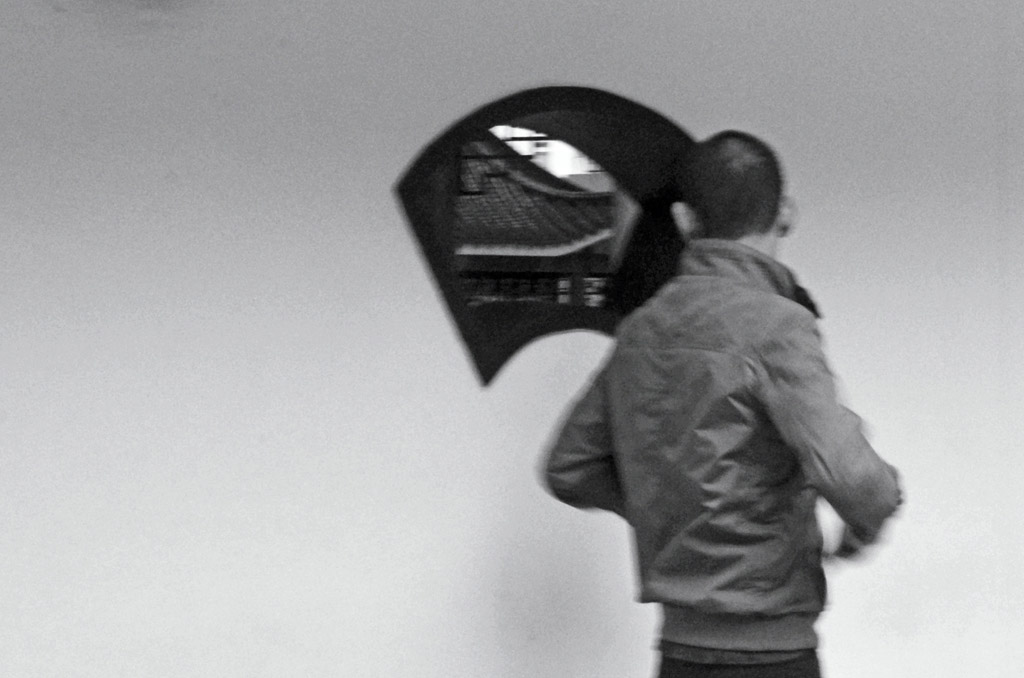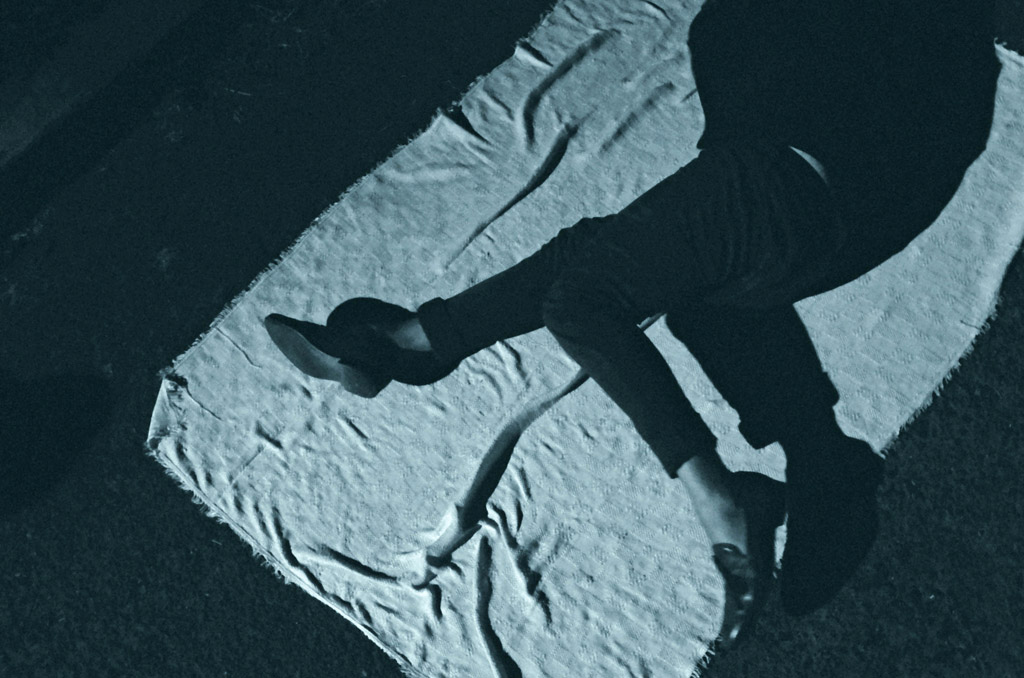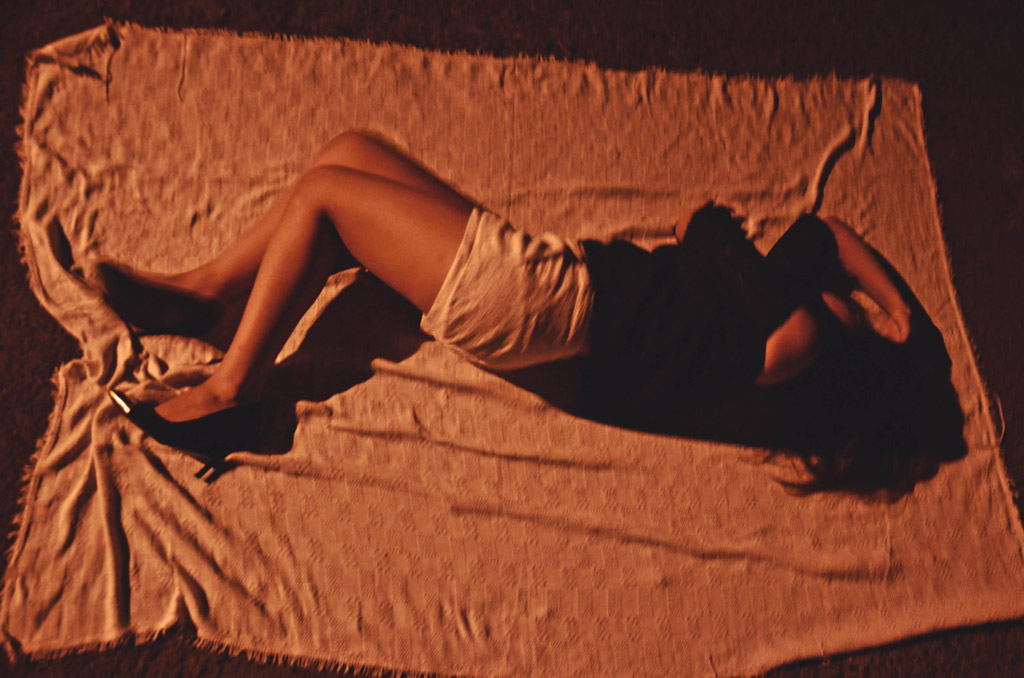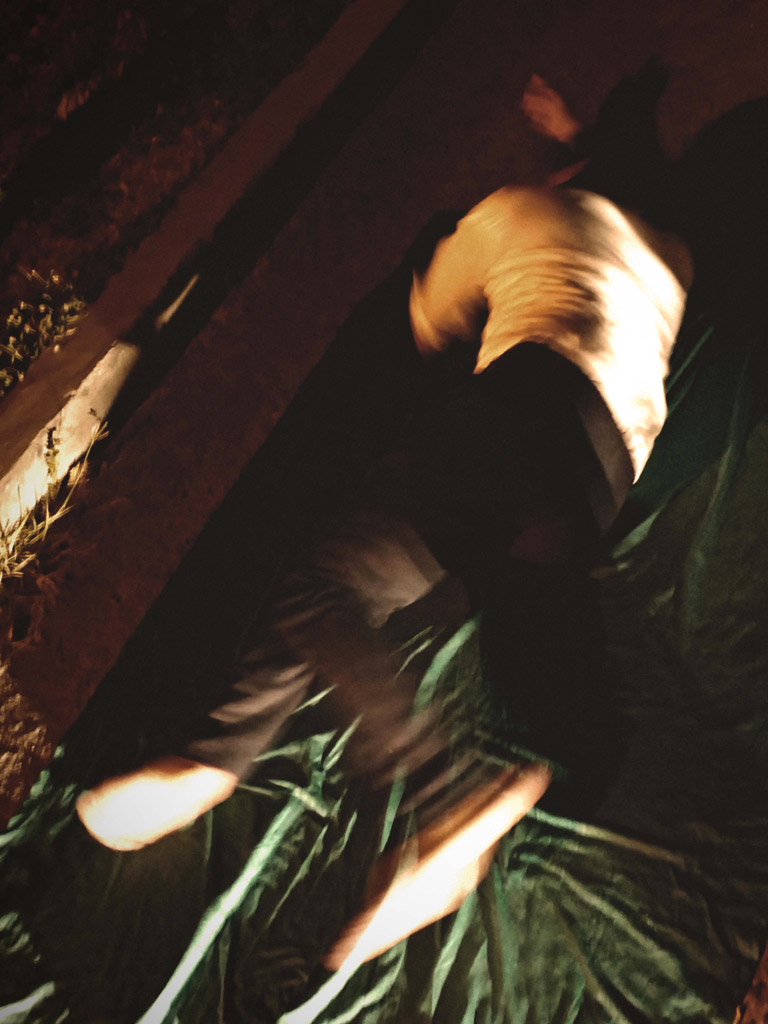Finaliste Prix Picto de la Mode 2020 : Gian CRUZ
Gian Cruz (n. 1987, Manille, Philippines; vit et travaille à Barcelone, Espagne), un jeune plasticien sur le fil duquel sa démarche artistique est plus liée à la photographie. Sa démarche artistique est une assimilation dynamique de son travail institutionel et son formation en théorie d’art et critique d’art.
L’œuvre de Cruz principalement mettre au point la volatilité de l’image dans le règne de la culture contemporaine et les plusieurs discours liées dans ce champ. Son travail est une agrandissement de son œuvre photographique à une tendance pluridisciplinaire qui fait integrer la performance, mode, traduction, littérature, écologie, activisme sur VIH/SIDA et les autres domaines et contextes disposées à ses préoccupations et curiosités comme plasticien.
[ corps tendu ]
Cliquer pour agrandir les images
Nous en venons à concevoir l’absurdité des rapports de l’érotisme et de la morale.
L’activité sexuelle utilitaire s’oppose à l’érotisme, en tant que […] Mais la recherche calculée de la procreation, semblable au travail de la scie, risque humainement de se réduire à une lamentable mécanique
– Georges Bataille, Les larmes d’Éros
Human bodies performing cosmopolitanisms in the context of cities perilously blur the boundaries between the private and the public, the open and the closed, the high and the low. Cosmopolitan bodies conjure these anxious unnatural states of propriety and dissipate into the congestion of the city. Moreover it rests in these insconpicuous and unassuming inconscious states of greyness nestled in between these proposed polarities.
Such bodies operate on the dynamic of artifice upon artifice; the unnatural coercing the more unnatural and often helpless in expressing their true nature. In this age of interconnectedness and this current pandemic brought about by COVID-19 that we are altogether facing globally, we constantly are confronted with material impediments limiting our mobility and from accessing the core of our existences and perhaps by layers and layers of illusions produced by lighted screens and confinements within the bounds created by politicians, governing bodies and this emerging structures of borders emerging from the economy of fears surfacing lately across the globe. Do our bodies and their response to our dwellings and spaces in the cities promote this possibility of a corporeal and architectonic language existing symbiotically or one with more defined structure will end up always influencing the other than can be conditioned and made to adapt?
In this dialogue of shadows, we confront tense bodies seeking elsewheres on how to negotiate our freedoms or perhaps how to lessen our anxieties and paranoias in these versions of cosmopolitanisms we have made for ourselves. When the chaos materializes itself into our bodies in these stimulated artificialities that we’ve created, how do we go further insisting our bodily freedoms, in seeking transgressive delights over rigorous moralities? Are our bodies and the way we present them and live in them culturally bound or there is an elsewhere that innately stems from within us prior to these structures and social conditionings we were brought into that can bring us into a new way of embracing our humanities?
For now, it seems like a manifesto that breaks open the fissures of possibilities of how we can slowly resist and let our bodies reclaim their own rightful forms of expressions and corporeal and gestural languages outside of these conditioned structures our bodies were made to endure the moment we were born.
[ (séro)TROPICAL(e) ]
Cliquer pour agrandir les images
(sero)TROPICAL(e) explores my link with the tropics as an off-white homosexual male with mixed ethnicity encompassing topographies and ecologies pertaining to my queerness, which I find inexorably linked to nature. These serve as atypical performative selfportraits of mine in light of surpassing my AIDS-related complications in early 2015 and living with HIV over the years.
At one hand, it comes through bold gestures on decolonizing nature and in the process aesthetics nestled within the tropes of tropicality as an active site of resistance. On another, it also serves as visual metaphors for my malady and seeking the answers in nature and in the process seeking further elsewheres about my condition and position.
The other side of the intention behind this work is also to render visible and open up the dialogue about HIV/AIDS narratives from the Philippines or the Southeast Asian region which to this day remain largely on the peripheries or unheard of. While most countries and societies have actively worked on lowering HIV/AIDS infections and mortalities, the Philippines still continues on with a surge of cases.
This work seeks to re-assess and re-configure the dynamics of this project towards a stronger link between art and science and my preoccupations as an artist living with HIV and its persistent state of being linked to nature and ecologies and also tapping into contested geographies that seemingly appear geographically distant but more over remain contextually bound by history and geopolitics. It also seeks to look into new ways of seeing nature and decolonizing established views on ecologies to the persistent and more promising tropes of queerness active within nature.
The bigger picture at hand here explores how to mutate the incomprehensibility of the tropics. It actively looks for sites of resistance nestled within the geographic boundaries widened by peculiar historical contexts. It invests in tropicality as a crucial site of resistance. It consciously creates this decolonial gesture of linking and de-linking as it re-connects the Philippines to a specific aspect of its colonial past and the directive of a new geopolitical space, Latin America.
Furthermore, crucial take-off points in this inquiry operate on exploring my link to the tropics as an off-white homosexual male with mixed ethnicity encompassing topographies and ecologies pertaining to my queerness, which I find inexorably linked to nature. It takes the cue from the idea of “queer ecologies” which posits how queerness is inherent in nature by Colombian transgender biologist Brigitte LG Baptiste while also integrating peculiar Philippine historical contexts in line with its link to Latin America such as the Manila galleon trade, the supposed first and oldest botanical garden in
Southeast Asia intended for Manila by the Real Compañía de Filipinas (backed by King Carlos III of Spain) and the ambitious Malaspina expedition.
This work explores the human-nature link at large while specifically delving into identities and sexualities alongside the currents in the contemporary art world, linking us to the anthropocene, issues of sustainability and re-establishing new ecologies. This also posits a more clear-cut manner as to how to look into the position of the Philippines in Asia, or more specifically, in Southeast Asia, and enables a dynamic understanding of its positions and contexts.
(séro)TROPICAL(e) calls forth the imagining of off-white sexualities beyond the binaries, the imaginary and tropes of the tropics not defined in concrete and often Western-defined terms but allowed of its freedom to resist definition and interpretation so it stays in its own inherent queerness, a cartography that impossibly yet also synchronistically ties the strings that bind distant geographies as they share peculiar contexts that need to be talked about and explored further in greater detail. Lastly, it breaks open the endless possibilities of how epidemics would be a thing of the past should societies altogether strike an accord with nature. Also, from my own perspective, there exists the reality how the tropics can be a potent political tool and gesture to assert elsewheres to redefine and find answers to pandemics beyond religion, societal and cultural bound factors, beyond lintelligible or a well-defined medical language or lexicon but find a universal set of truths that’s always been there in nature and in her inherent queerness.



